Causes Of Blood In Stool
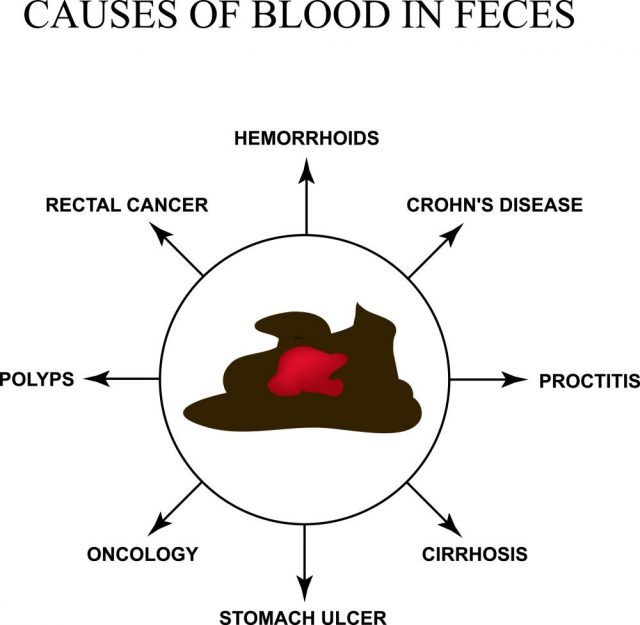 The cause of blood in stool can be anything from mild, serious, and even life threatening. However, regardless of its intensity, it should be carefully evaluated by a health care practitionerfor timely diagnosis and treatment.
The cause of blood in stool can be anything from mild, serious, and even life threatening. However, regardless of its intensity, it should be carefully evaluated by a health care practitionerfor timely diagnosis and treatment.
Rectal bleeding – overview
Medically called the hematochezia, the blood in the stool is an indication that something is wrong with the components of the GI tract including the rectum, anus, and colon. The color of the blood is usually an indicator of the area as health experts claim – the closer the infection is to the anus, the brighter the red will be.
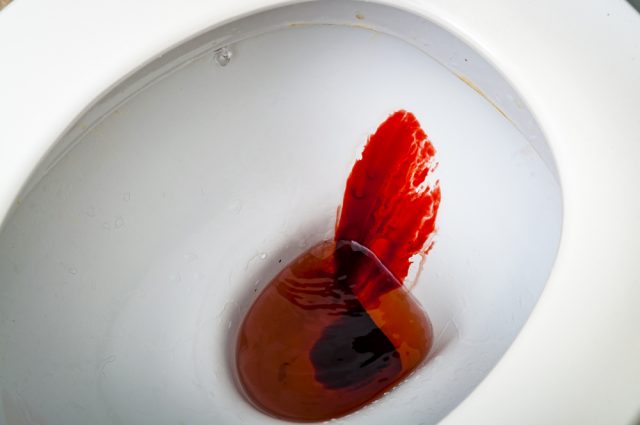 Sometimes the bleeding is black and foul smelling. This is called melena and suggests that the blood has been in the colon long enough to break into ‘black’ chemicals.
Sometimes the bleeding is black and foul smelling. This is called melena and suggests that the blood has been in the colon long enough to break into ‘black’ chemicals.
What are the causes of blood in stool?
As we mentioned above, there are many causes of blood in stool that is best diagnosed by a doctor. However, here are some possible causes of rectal bleeding.
Anal Fissure
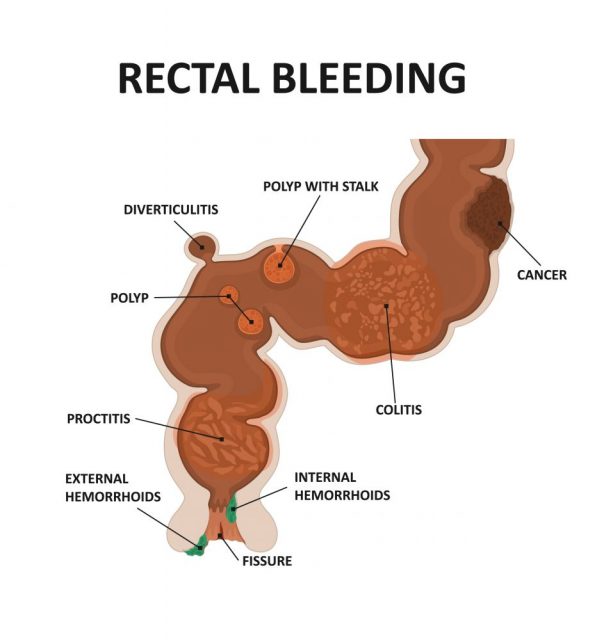 Anal Fissures are more common in infants than adults. The condition occurs as a result of constipation and/or passing large, hard stools. The bleeding is usually accompanied by pain and discomfort, whichusually worsens during bowel movement.
Anal Fissures are more common in infants than adults. The condition occurs as a result of constipation and/or passing large, hard stools. The bleeding is usually accompanied by pain and discomfort, whichusually worsens during bowel movement.
The condition often improves on its own or with the use of stool softeners. Changing lifestyle habits such as adding more fiber in diet and taking frequent warm baths can also help the situation.
Hemorrhoids
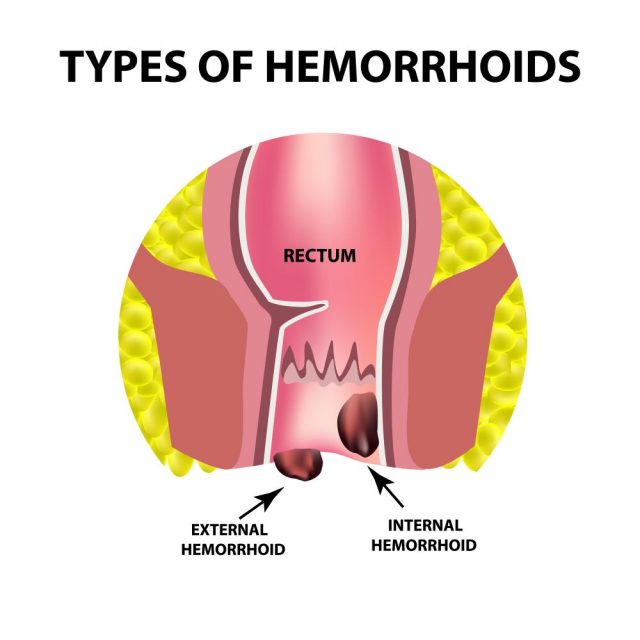 Hemorrhoids can be both – internal and external. They are described as swollen rectal veins in the anal and rectum area. Besides bleeding, the symptoms of hemorrhoids include itchy anus, burning, and pain or discomfort, specifically during bowel movement.
Hemorrhoids can be both – internal and external. They are described as swollen rectal veins in the anal and rectum area. Besides bleeding, the symptoms of hemorrhoids include itchy anus, burning, and pain or discomfort, specifically during bowel movement.
The treatment for hemorrhoids includes using stool softeners, stool-bulking agent, and increasing fiber in the diet. Surgical options are also available in the severe cases.
Angiodysplasia
Angiodysplasia is most common in elderly who usually don’t notice the slow and gradual bleeding in their stool until a massive episode occurs. The bleeding is usually accompanied by weakness, shortness of breath, and fatigue. However, the patients don’t feel any pain during the process.
Angiodysplasia is a vascular problem and enlarges the veins and capillaries located on the wall of colon. Treatment focuses on hormone therapy, blood infusion, iron supplements, and endoscopy. In many cases, the ailment usually stops on its own.
Inflammatory Bowel Disease
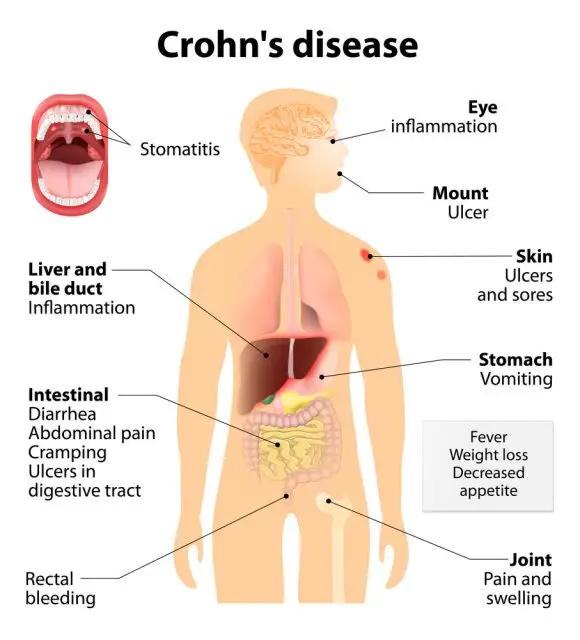 The inflammatory bowel disease or the IBD is a broad term that refers to the different conditions that contribute to the inflammation and sores in the innermost lining of the colon. Crohn’s disease and ulcerative colitis are the two most common types of IBD.
The inflammatory bowel disease or the IBD is a broad term that refers to the different conditions that contribute to the inflammation and sores in the innermost lining of the colon. Crohn’s disease and ulcerative colitis are the two most common types of IBD.
Treatment for IBD usually emphasizes on making dietary changes, supplements, pain relievers, and anti-diarrheal medications. Surgery is also recommended in order to provide long-term relief.
Polyps
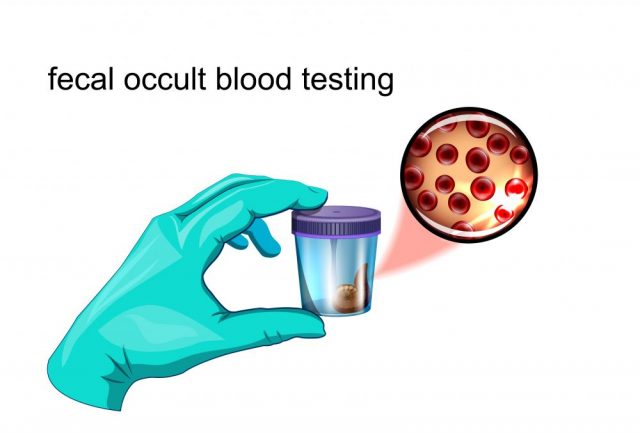 Colon or bowel polyps are small growths of tissues that appear on the walls of colon. They are caused by abnormal production of cells in the colon lining which is believed to be a result of fault in the person’s genes. It is also common in adults over the age of 50 and can run in families as well. Besides bleeding, symptoms of polyps include changes in bowel movement and abdominalproblems. However, most cases of polyps are usually diagnosedaccidentally. For example, during rectum examination.
Colon or bowel polyps are small growths of tissues that appear on the walls of colon. They are caused by abnormal production of cells in the colon lining which is believed to be a result of fault in the person’s genes. It is also common in adults over the age of 50 and can run in families as well. Besides bleeding, symptoms of polyps include changes in bowel movement and abdominalproblems. However, most cases of polyps are usually diagnosedaccidentally. For example, during rectum examination.
The polyps are usuallyharmless but some can turn into cancer and are immediately removed through colonoscopy upon diagnosis. Further treatment is also required if any sign of cancer are distinguished.
Cancer
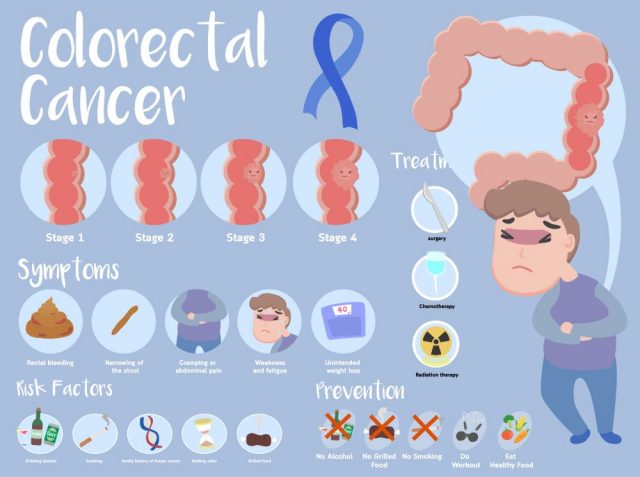 Unfortunately, bleeding is the first sign of a malignant tumor forming within the GI tract such as near the colon wall or the anus. Apart from bleeding, the symptoms include lumps forming in the affected areas, discharge, and changes in the bowel habits.
Unfortunately, bleeding is the first sign of a malignant tumor forming within the GI tract such as near the colon wall or the anus. Apart from bleeding, the symptoms include lumps forming in the affected areas, discharge, and changes in the bowel habits.
A biopsy is immediately performed to diagnose the lumps or the tumor while treatment relies on surgery and life extending methods such as chemotherapy and radiation.
False Alarm
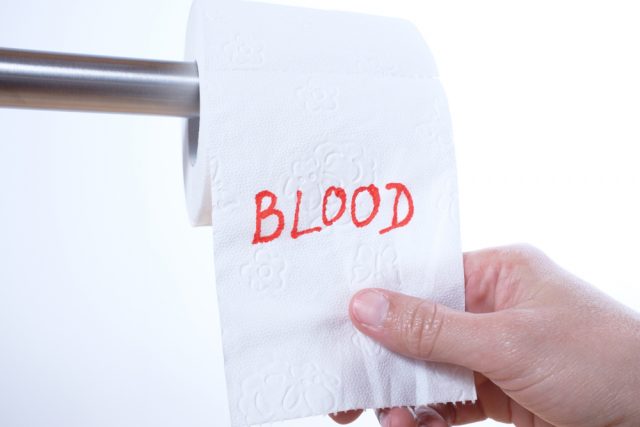 Luckily, the red coloring in the stool can be a result of something you ate or drink. For example, Kool aid, beets, red gelatin, and even popsicles with red artificial coloring can cause a pinkish or reddish tinge in the stool, creating an alarming situation, especially in young children.
Luckily, the red coloring in the stool can be a result of something you ate or drink. For example, Kool aid, beets, red gelatin, and even popsicles with red artificial coloring can cause a pinkish or reddish tinge in the stool, creating an alarming situation, especially in young children.
When to seek medical care for blood in stool?
As we mentioned above, blood in stool can be a result of many types of ailments – ranging in their intensity. We suggest calling your doctor if the blood in stool is accompanied with:
- stomach pain
- vomiting or nausea
- sudden weight loss
- severe diarrhea
- severe constipation
- fever
- bleeding continues for more than 2 episodes or worsens with time
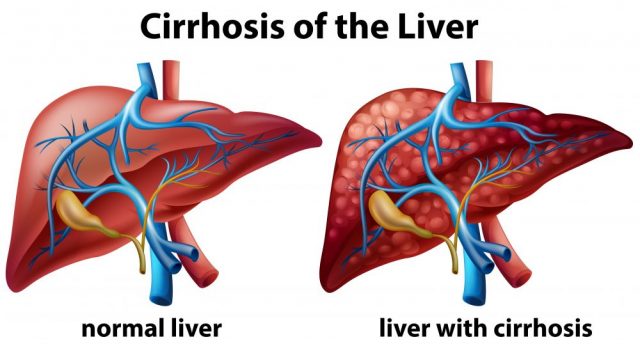 We also recommend visiting the hospital’s emergency facility when:
We also recommend visiting the hospital’s emergency facility when:
- the stool is black or maroon colored
- the individual is vomiting blood or black colored liquid alongside
- the patient is on blood thinners
- the patient is experiencing breathing issues or irregular heartbeat
- the individuals is fainting or passing out
The treatment options vary from patient to patient – depending on their condition. However, most people who experience the problem are elderly who are commonly facing other illnesses as well. These create further complications in their case that affects their quality of life significantly. In some situations, the problem goes unnoticed for many days, even weeks or months causing a life-threatening condition.
This is why if you or a loved one complaints of blood in their stool, we suggest seeking medical attention immediately. It may be tempting to look away, ignore and hope the situation improves the next time you have a bowel movement but the condition can worsen overtime and may result in fatality if severe volume of blood loss occurs.
